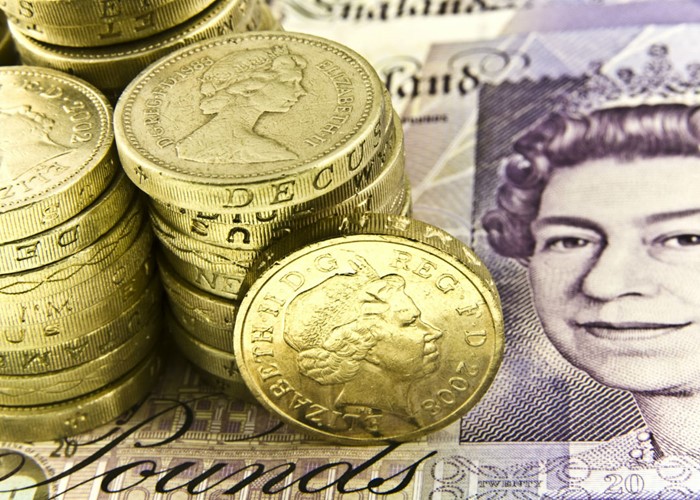How To Invest Your Pension

Choosing how to invest your pension is a complex task. Here's some guidance to help you through the maze.
If it's true people retiring in 2012 will be far less affluent than they were in 1980, you'll want to make sure your pension is poised to produce the best possible return. But deciding how to invest your pension is a far from simple task so here I'll go through the key factors you'll need to consider.
But, let's look at the basics first. When you open a pension you'll be asked where you want your money invested and you'll usually be expected to choose from a range of investment funds. A fund is simply a pooled investment which combines money from thousands of individual investors which is then invested on their behalf by a fund manager.
If you don't make a selection your money will usually be invested in the scheme's 'default' fund. But that's unlikely to be the best choice for you. When it comes to pensions, one size certainly does not fit all!
So it pays to consider your investment options more carefully. But how do you know which funds are a good choice? Well that largely depends on how old you are, your attitude to risk and your investment objectives.
Most funds invest in one or more of the four major asset classes: cash, fixed-interest bonds, property and shares. Let's look at each of these in turn. First up....
Cash
Cash is the least risky asset class because the capital you invest is guaranteed with interest earned on top. However, your capital is at risk from the effects of inflation (rising prices) and an interest rate which could fall.
Because cash is a safe bet don't expect a phenomenal rate of return. Generally, the lower the risk you take, the lower the return. But if you're within say, 10 years of retiring it's a good idea to move some of your pension out of higher-risk assets and into cash to protect its value before you take the benefits.
Fixed-Interest Bonds
A bond is essentially a loan to a bond issuer. In other words, you're lending money to the bond issuer who pays you a fixed rate of interest in return. There are two main types: gilts and corporate bonds. Gilts are issued by the Government while corporate bonds are issued by companies.
Bonds are deemed to be lower risk because there's some security provided by the fixed interest rate. But again, the potential for growth is restricted. As with cash, older investors may wish to move some of their pension fund into bonds as they approach retirement to help preserve its value.
Property
In the context of pensions this relates to commercial property such as offices and retail space, not residential housing. Property funds are higher up the risk scale than cash and fixed-interest bonds.
Traditional property funds own a portfolio of properties which are rented out to tenants to provide you with a yield as well as capital appreciation if the value of the properties rises.
Property funds play a valuable role within a pension portfolio because property has a low correlation with shares. This means the two types of assets are influenced by different factors and often don't behave in the same way which means your investment is more diversified.
Shares
Of the four assets types, shares are considered the most risky because values can rise and fall very quickly. But they have the greatest potential for capital growth over the long-term which makes them a suitable asset for a pension which often runs for several decades.
If there's still at least 10 years remaining before you retire, I would suggest your pension is invested heavily in share-based funds to provide the maximum growth potential over the coming years.
Just be careful your pension portfolio isn't too concentrated in one 'flavour of the month' investment fund. If you'd bought a technology fund just when the tech boom hit its peak in February, you'd have been pretty fed up two or even five years later. At The Fool we've usually argued that an index tracker fund is the best way to go.
An index tracker fund invests in all the companies quoted on a share index with the objective of mirroring - or 'tracking' - its performance. In other words, if you invest in a FTSE 100 tracker fund, your money will be invested in the top 100 UK companies and if they perform well, your investment will rise in value too. But don't forget the reverse is also true. You could combine a UK tracker with say, a global tracker to further balance-out your investment.
So that rounds up your main investment options. These days, it's a challenging time for pensions as all asset classes appear to be suffering. Bonds produced a negative return in 2006 while cash scraped in at less than 0.5%. The performance of UK shares lately has left a lot to be desired. And the property sector has definitely run out of steam for now. That said, try not to be too influenced by short-term returns. After all, pensions should be treated as a particularly long-term investment!
Comments
Be the first to comment
Do you want to comment on this article? You need to be signed in for this feature